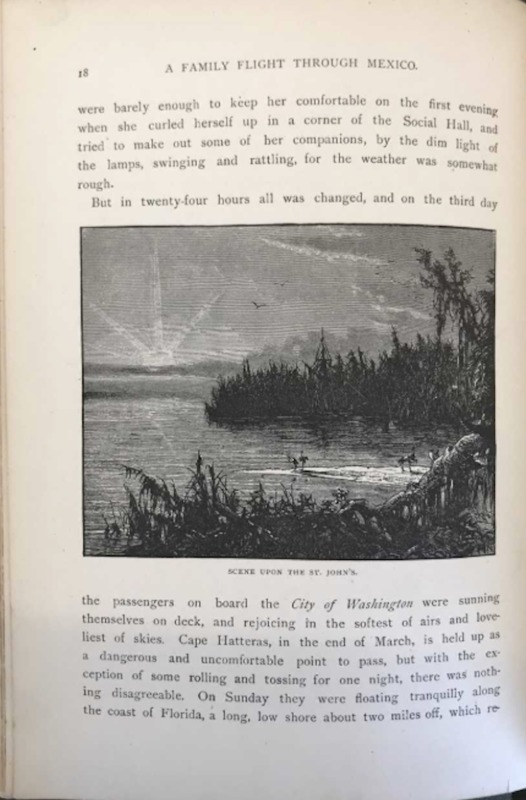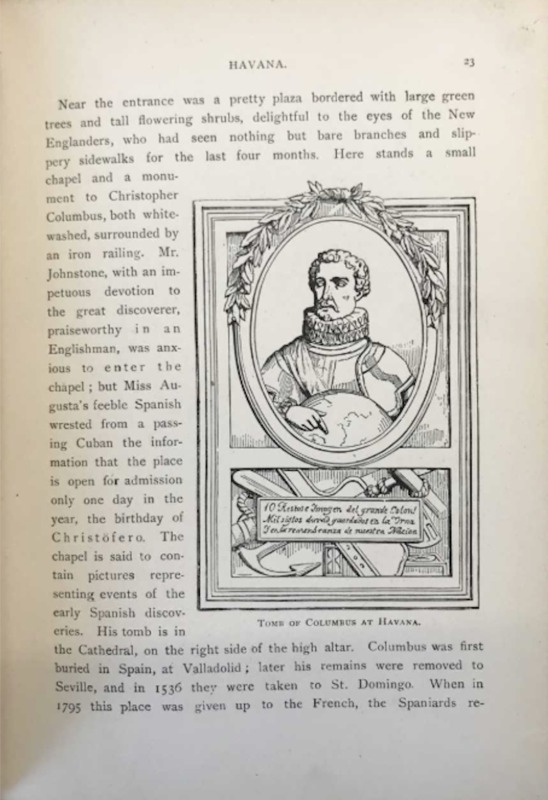A Family Flight Through Mexico
Co-authors Reverend Mr. Hale and Mrs. Hale provide a realistic and educational experience to readers in their fictitious book, which was published in the late 19th century. Intended for an American audience and based upon the authors' actual expeditions through Mexico and Spain, this book is presented as a storybook and it details the adventures of one family throughout Mexico and Central America through the perspective of third-person narration.
By incorporating a writing style that mirrors one you would see in a children’s book, readers of all ages can take away many of the important lessons and messages about travel and culture that are presented in this text in a very fun and unique way. At the time of this book’s publication, many of the major metropolitan cities within the United States were experiencing drastic population growth. Much of this growth was accounted for by the influx of immigrants into these industrialized cities. However, not too many Americans were fortunate enough to experience international travel except for wealthy upper-class citizens. Thus, during this era, this book undoubtedly served as an influential resource meant for teaching those who dreamed to travel to this region of the world through these fictional tales.
One method this book utilizes in order to educate its audiences is the inclusion of drawn images to coordinate with many of the important themes that are described throughout the text. The idea of wilderness and pristine, unoccupied land is revisited myriad times in great detail. Shown in the image above, we can see how readers can observe and imagine for themselves what those who rode aboard the passenger ship the St. John observed as they passed along a cove in Cape Hatteras. These images not only provide this text with an added interactive element that contains beautiful imagery of the setting, but they also provide a visual exhibition that written text is unable to successfully convey. These sketchings further demonstrate how this book was intended to serve as an educational tool because readers could gain a better visual sense of what many of the described locations realistically look like, something a majority of audiences who read this book at the time of its publication could not effectively do. Furthermore, there are also printed imagines that depict Native Americans, animals, and modes of transportation. These also contribute to this books ability to educate its audiences through their own individualistic interpretations and imagination.

